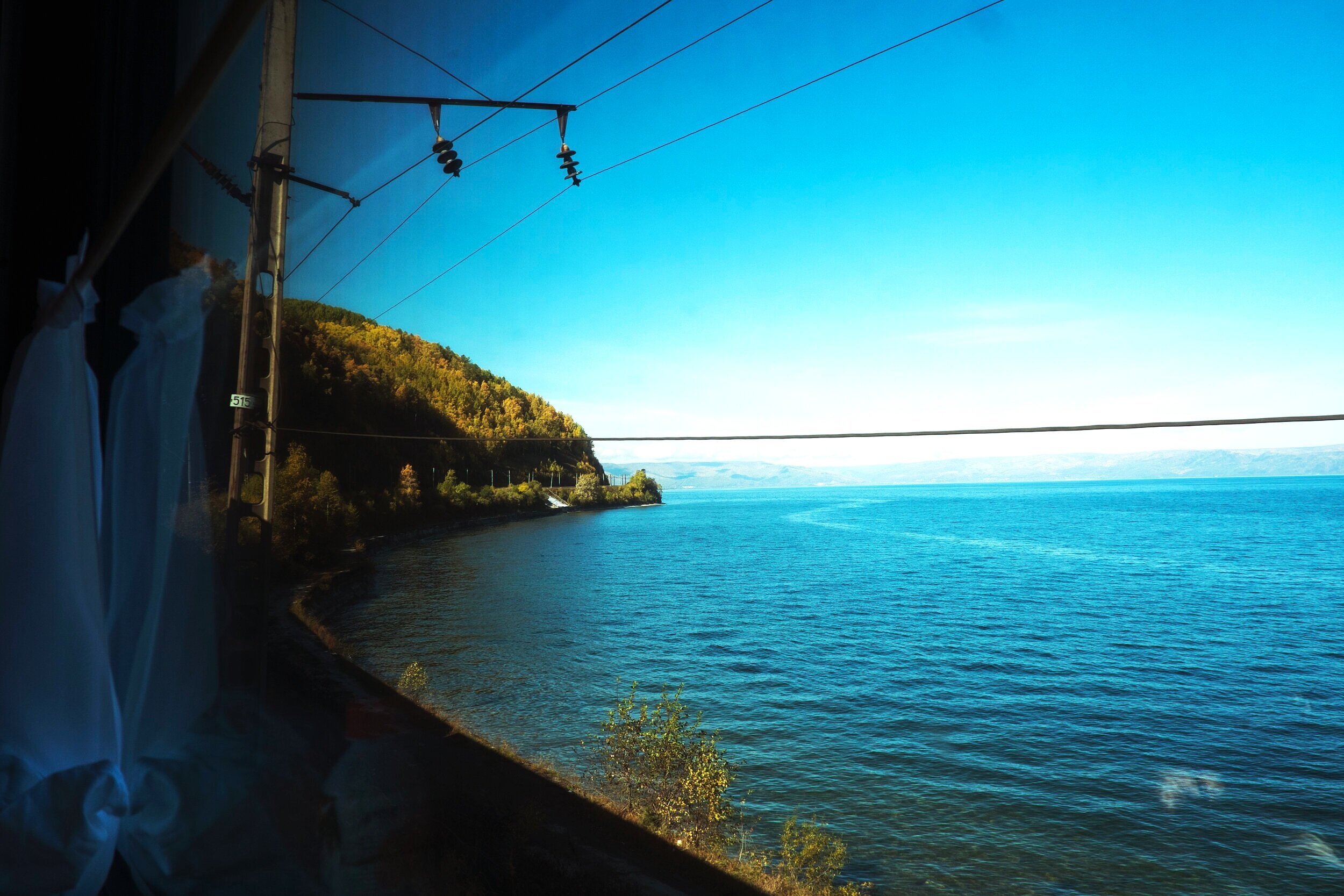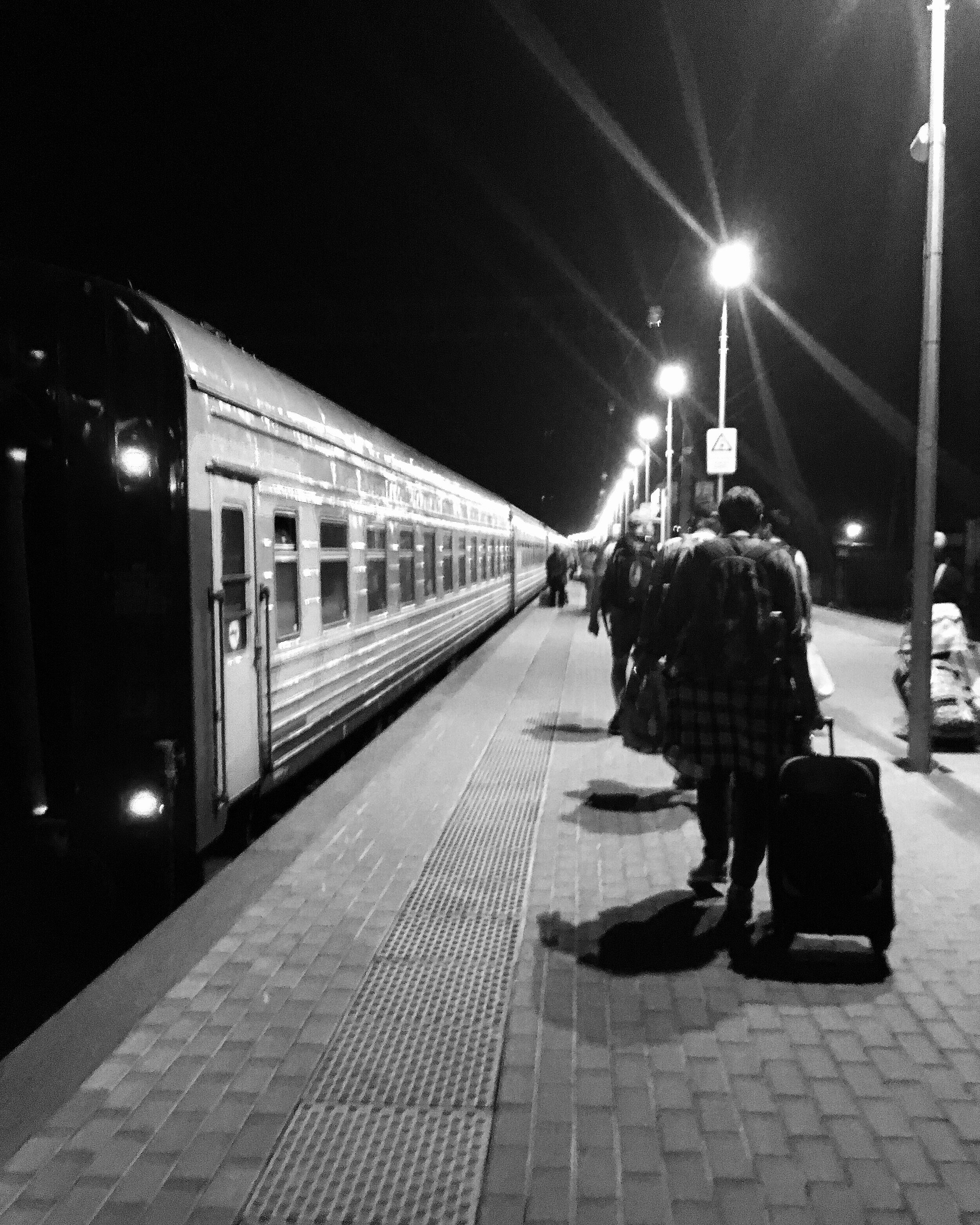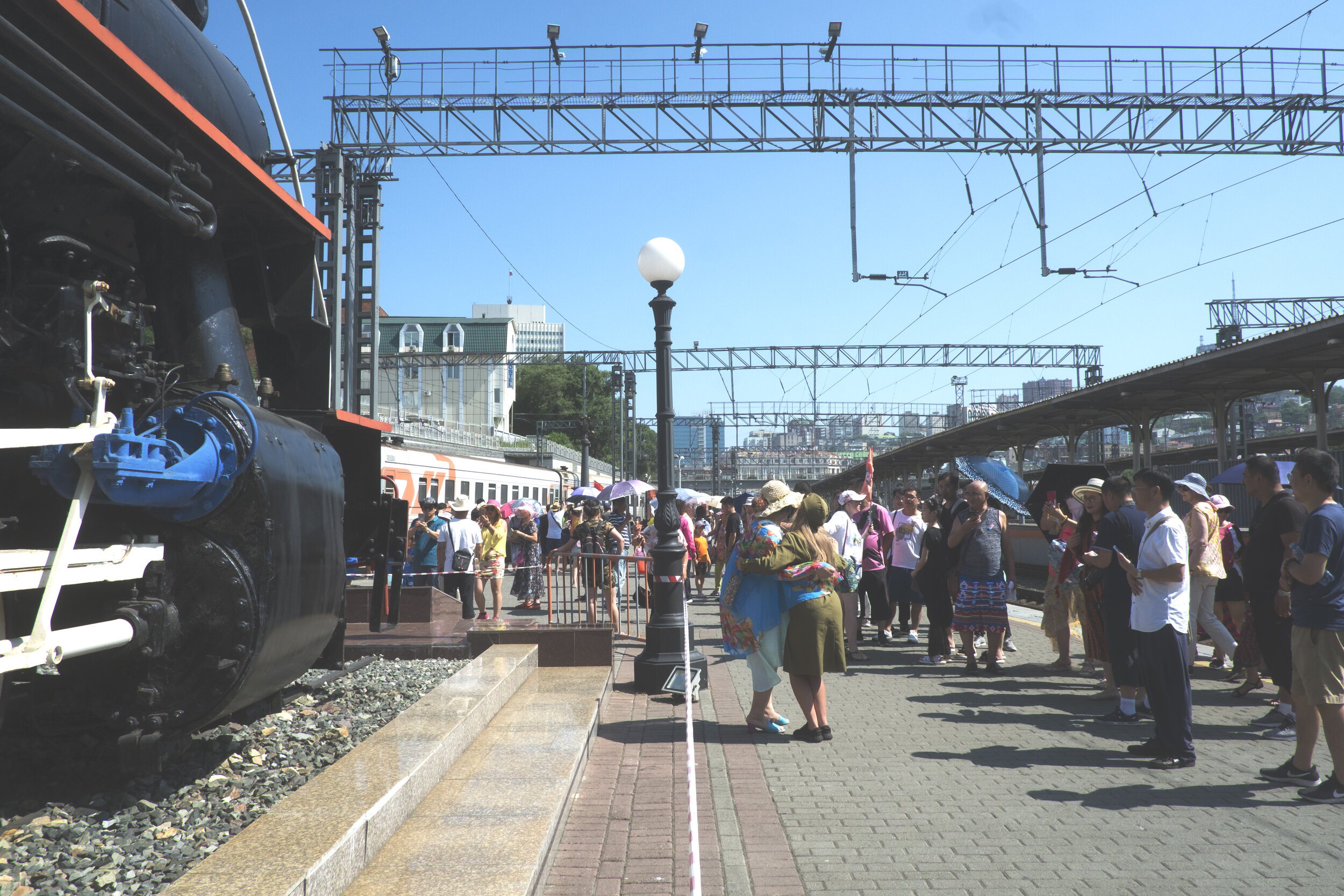Learning Patience on a Trans Siberian journey
Have you ever tried to slacklining or walking on a rope? Have you noticed how easier it is to walk fast along on it? the secret seems to keep on moving. Slower you go more difficult is to find the balance and put one foot in front of the other without losing stability.
Here we are. Living fast, moving constantly, being busy, having one thought right after the other, always help to balance.
There are moments when we need or have to slow down, forget about going fast and move because we simply can’t. This could happen in many different moments of our lives or on a Trans Siberian or Trans Mongolian journey.
With the second one, it is maybe slightly easier, at least you know it is going to last a maximum of seven nights.
Let’s make things a bit clearer: I know, when we mention Trans Siberian you are picturing in your mind an ‘Orient Express’ kind of train that goes through permanently frosted lands with tiny wooden villages and babushkas wearing fur hats. Not many know that a journey along the longest rail track in the world is all ‘tailor-made’. Yes! you can decide to stay on for seven days on that train and go for 20 minutes, 3 minutes or 2 hours walks on platforms. Or, you can have a look at what’s along the way and jump on and off trains as you wish!
What we mean with ‘Trans Siberian’ is not a physical train but a journey. The trains you will most luckily to board on unless you spend few thousands of dollars to go on a privately owned Luxury train are very normal looking trains: grey and bright red carriages filled with bunk beds, few very motherly attendants, kitsch ’80 style restaurants carriages and no showers (usually). In short, Something that you will see constantly running in Russia, where people jump on and off and still in use as the main mean of transportation, even for long journeys.
The Tzar Alexander III at the end of the XIX Century was not thinking about groups of tourists and their selfies stick when he first thought of this enterprise which would change the future of the biggest country on earth.
In Russia, trains are for locals, not for tourists. They take families to their Dachas (holiday country house), groups of young militaries to their base on the other side of the country, retired couples to sanatoriums in the summer, businessmen and women to a conference in Moscow or that young student back to his family in Siberia.
Now, having traveled along the routes many times I can tell you my levels of excitement, enjoyment and struggle during different trips duration.
Two nights on the row on a train is fun, is exciting, everything is new. Three nights is ok but you start looking forward to the arrival and a shower. Four nights you start running up and down corridors, jumping out at every stop, having way too many teas, start counting birch trees (please do not do that!) and memorising the 144 train stations along the way. More than four nights… Luckily I have never experienced that but I won’t recommend it unless you want to start training as a train attendant.
This Doesn’t want to be a guide of how to book and plan a Trans Siberian or Trans Mongolian journey but just to give an idea of how it works since a lot of times I see people’s eyes widely open when I tell how it works.
A train journey is not for everyone, especially if you decide to spend two or three nights on board. If you opt for a second class you will share your little compartment with three other people, having so a little bit more privacy and quiet compare to the fun and, some time, chaotic life of the third class. No, the third class is not the Indian old school style where you climb up to the roof of the train to find your spot. The third class has no separated compartments so the carriage usually has 54 beds in one open space. This is cheaper, more fun and, of course, it raises up the level of interaction. Here you have more chances of ‘people watching’, making friends and enjoy the smell of salami and instant noodles at every hour starting by 7 am (do not worry, you will also get used to that, eventually). The third class might be crowded but it still clean, pleasant and extremely safe: no one wants to mess around with a 6 foot tall, blond Olga attendant who does smile, eventually and runs up and down corridors with her vacuum hundreds of times a day.
It is not for everyone, especially if you are traveling solo. Sometimes you might find new friends and people to share the long hours between one stop and the next but sometime it might be only you, not much sharing and talking. Sometimes there are no longer stops in one day so you can’t get out to stretch your legs; you sit, drink plenty of hot water (kindly provided by the samovar of the carriage which will become your best friend) and watch the dense forests of birch trees which seem to never end.
Long rail journeys train you to patience, to focus on those birch trees, one after the other, to stop looking at the timetable hanging on the corridor because you already know you still have 13 hours to go, no phone signal, one book to read (and you might not even like it) and tea to drink.
Train journeys teach you that no matter what you will get there (especially on Russian trains which are NEVER late), that no matter what this moment will pass even though the grey, the cold, the mist autumn day outside doesn’t help.
On a train journey, you do think, quite a lot. The outside world passing by gives you a good inspiration and then the mind runs, the thoughts flow sliding above those tiny villages of wooden houses and then you finally have a glimpse, whenever the dense forest finally opens up, to the rolling, green hills.
By the time you get to Vladivostok or down to Beijing you have already covered 7000 km or 9000 km something, worth eleven months horseback journey back before the construction of this masterpiece on rails. By the time you change your watch eight times (total of eleven in all country) you finally got used to the train, you know how it works, you know how to get water from the bathroom sink (little ‘water saver’ trick), you know how to fit you giant backpack under the seat, you know how many Russian hyper creamy ice-creams you can handle in a day and how to use your three words or Russian to finally make the train attendant smiles.
In 1916 when the rail track finally arrived in Vladivostok, the train journey took about two weeks from Moscow and the other way around. Now, you can jump on and off different trains and also leave Russia to go down to Mongolia and then to China (Trans Mongolian) or directly to Beijing (Trans Manchurian). The Russian railway system is massive and there are hundreds of long distances trains. You do not need to always jump on train number 100 (the one which runs Moscow- Vladivostok) but you can reserve a ticket to any train with takes you to your next stop. Style, ice creams and platforms will be pretty much the same!
Planning a Trans-Siberian trip it is easier than you think, especially now that the state-owned company made a new, easier to navigate website! www.rzd.ru. You can buy tickets from one-stop to the next, find a lot of info about train styles, compartments, inclusions, timetables, etc.
There is a lot to read and a lot to find out about this unique journey and a lot of options depending o your style, preferences and, of course, patience.















